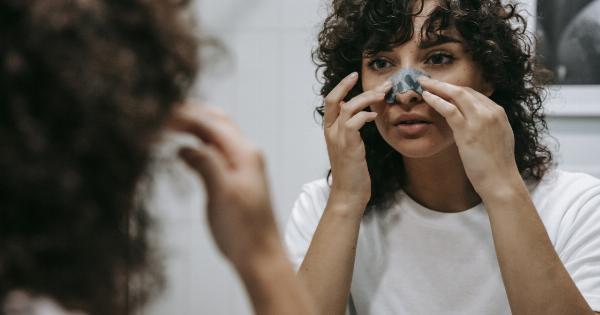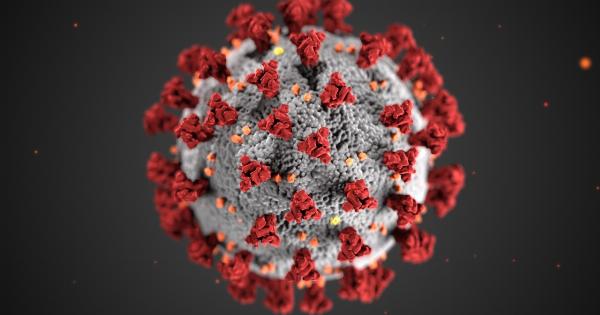Nasal diaphragm and rhinoplasty surgeries are types of plastic surgery that can help fix problems with the nose and even improve the overall look of the nose.
These procedures are becoming more and more popular, with many people seeking out these surgeries to build self-confidence or to correct breathing issues. However, before deciding on nasal diaphragm or rhinoplasty surgery, it is important to understand the truth behind these procedures and what they involve.
What Is Nasal Diaphragm Surgery?
Nasal diaphragm surgery is a minimally-invasive procedure that helps correct breathing problems caused by the nasal valve, which is located in the nostrils.
When the nasal valve is obstructed or too narrow, it can lead to difficulty breathing, which can be very uncomfortable and make you feel tired all the time. Nasal diaphragm surgery involves a small incision in each nostril, through which a small silicone implant is placed to open up the nasal valve, making it easier to breathe.
What Is Rhinoplasty Surgery?
Rhinoplasty surgery, also known as a “nose job,” is a cosmetic procedure that focuses on changing the structure and appearance of the nose.
This surgery can help correct issues like a crooked nose, nasal hump, or a bulbous or drooping tip, and can be done for purely aesthetic reasons or to correct breathing problems. The surgery can be done either as an open or closed procedure. In open rhinoplasty, the surgeon makes an incision in the columella (the skin that separates the nostrils) and then lifts it up to make changes to the bones and cartilage.
In closed rhinoplasty, the surgeon performs the surgery through small incisions inside the nostrils.
What to Expect During Nasal Diaphragm Surgery and Rhinoplasty Surgery
Both nasal diaphragm surgery and rhinoplasty surgery are typically performed on an outpatient basis under general anesthesia. Patients usually go home the same day as the surgery, but will need someone to drive them home and stay with them overnight.
The recovery time for each surgery varies, but most patients can expect to experience some swelling and discomfort for a few days or weeks after surgery. It is important to follow your surgeon’s aftercare instructions carefully to ensure the best possible outcome.
The Risks and Benefits of Nasal Diaphragm Surgery and Rhinoplasty Surgery
Like any surgery, there are risks associated with nasal diaphragm surgery and rhinoplasty surgery. Some potential risks include infection, scarring, bleeding, changes in skin sensation, and poor healing.
However, the benefits of these surgeries can far outweigh the risks for many patients. Not only can these procedures help correct breathing issues and improve overall quality of life, but they can also boost self-esteem and confidence by creating a more harmonious and balanced appearance.
Like with any surgical procedure you should weigh the risks and benefits before proceeding.
Candidacy for Nasal Diaphragm Surgery and Rhinoplasty Surgery
Candidates for nasal diaphragm and rhinoplasty surgery should be in good health and have realistic expectations for the outcome of the surgery.
Candidates should also have a thorough consultation with their surgeon prior to the surgery to discuss their individual goals and concerns, as well as to determine if they are a good candidate for the surgery.
It is also important to note that nasal diaphragm surgery may not be a good option for certain breathing issues, and that rhinoplasty surgery results can be impacted by certain factors such as the level of skin thickness and the strength of the underlying cartilage. Your surgeon will be able to help you determine if you are a good candidate for the procedure.
Conclusion
Nasal diaphragm and rhinoplasty surgeries are both valuable procedures for those seeking to improve their breathing and/or the appearance of their nose.
However, it is important to weigh the risks and benefits, and to consult with a qualified surgeon to determine if you are a good candidate for the surgery. Ultimately, the decision to undergo nasal diaphragm or rhinoplasty surgery is a personal one that should be made after careful consideration and consultation with a qualified medical professional.






























